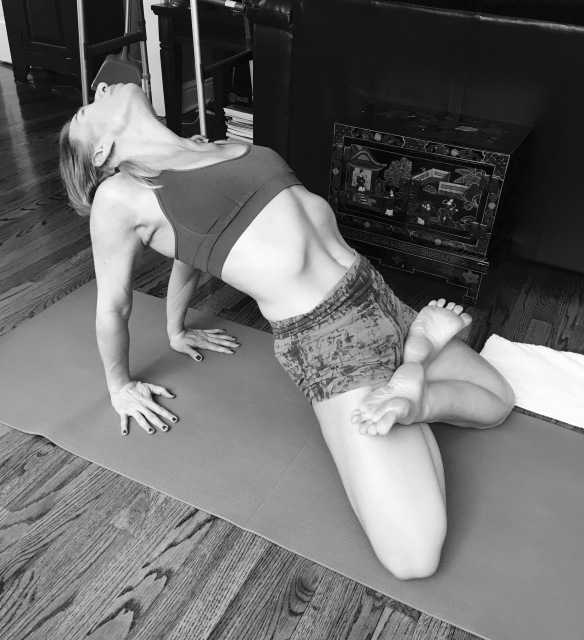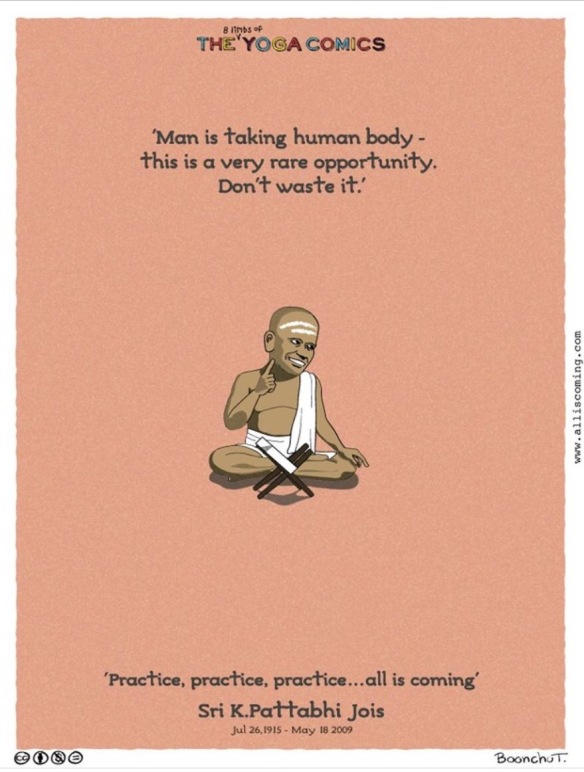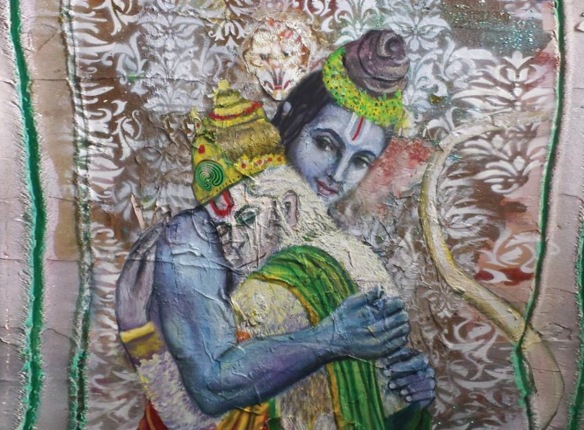” Where some people have a self, most people have a void, because they are too busy in wasting their vital creative energy to project themselves as this or that, dedicating their lives to actualizing a concept of what they should be like rather than actualizing their potentiality as a human being.” Bruce Lee
When I was in college, I learned a great many things. For one, though I was really quite a mathematician, I probably shouldn’t have majored in Finance and accounting. As a wise nine year old said to me years later, just because something comes easy, doesn’t mean you enjoy it. There is no such thing as enjoying everything all the time, but if there isn’t some level of contentment and passion in what you do, it’s just that much harder.
The majority of electives I took were philosophical or art oriented. I had particularly looked forward to an art history class I signed up for. The material sounded exciting to my creative nature. I had spent many afternoons at NYC museums killing time between auditions as a child actor. I usually had a sketch or doodle pad on me to bide my time growing up in the world before iPhones existed, though I didn’t have any schooling in the subject.
The professor was one of those classic tweedy intellectuals and took an immediate indifference to me as a business major or blonde…whichever stereotype, I don’t know, but he didn’t think I had the wherewithal to be in his class, and refused to call on me unless he felt I didn’t know the answers. I have never understood the satisfaction in teaching through humiliation. The semester started with architecture and I loved it but found his tests tricky, though I was maintaining a solid B, I was hoping the mid term paper would give me a boost. We were supposed to head to one of our semi local museums and study and critique a piece of art, with comparative knowledge of art experts and their perspectives on the artwork.
I chose the Met in NYC and a favorite painting of mine, A View of Toledo, by El Greco

It intrigued me. The storm clouds, the city built into the hilly terrain, the light. I chose to write my own points of what and how we learned to look at a painting, colors, vibrancing, highlights, lowlights, shadows, and meaning without reading any expert reviews first, I didn’t want to be biased.
I saw that the storm was behind the city. I felt the light played as if water was glistening and though still dark it was the calm after the storm, not quiet finished but soon enough that brilliant sun was going to make a spectacular illuminated view from the right of nature’s beautiful bounty of the lush greenery. I felt the strength of the city of what it could withstand and the warmth of what would be, regardless of the cool toned color choices in the landscape.
When I read through six or seven acclaimed reviews, afterwards, I was stunned to find all had taken a stance that the storm was coming, that it was a view of foreboding, the looming dark clouds. I could have played it safe and revised my option to match but instead I wrote the paper in comparative contrast. Backed up my arguments and was really happy with what I wrote, I thought this would indeed, get this geek the A I wanted.
My expectations were crushed when I got the paper back, completely unmarked except for a big red “D” on top….I was devasted and went to my professor’s office to ask why. He answer was that the paper was innovative, complex and not possibly written by me…he felt I had plagiarized but couldn’t prove it. If only Turnitin existed already. I was beside myself. So wanting his approval yet dealing with someone whose vision of me was clouded by his own subjective nature. I felt dejected in his lack of awareness of my capabilities as well as indignant at needing to defend my integrity. My advocate was a favorite philosophy professor. I went to him for help in disproving the plagiarism. He spoke with my art history teacher and offered papers as comparison of my writing style…the grade was changed to a B minus…still no mark up, not what I deserved but better than what I initially received. I couldn’t make him suddenly like me, but at least he could no longer try to fail me.
Was I satisfied? At the time, no, I was dejected and wounded by his perception of me, yet I was also thrilled and humored he thought the paper was so good that I couldn’t have possibly written it. In looking back, I just wanted acceptance and approval, and a good grade. I was attached to someone else’s perspective of me, relying too much on an authority figure to define my value. It’s a classic entirely normal feeling, especially for someone young still figuring out who they are, what they desire, craving that outside definition of being worthy, as I had not yet discovered the power of self energy.
All I could control in this was myself, my actions, my research, my writing, my effort, my honor. I did try my best, and that is all anyone can ever do. The outcome, well, that was beyond my control. No it wasn’t what I desired or hoped for, but I did my best to rectify it. The professor’s viewpoint of me? Was purely his, for my part, all I could do was show up for class, do the work, and be myself. The satisfaction comes from knowing I did the best I could with the skills and knowledge I had at the time. In understanding my worth comes from my own actions and choices, there is no looking for more, the outside attachment doesn’t exist. Not everyone will get me, and that’s just how it is. In the same way, I maybe good at math but that is not where I find a spark of passion in my soul, but I’m happy others do. I must be myself, in passion, in loving, in doing what’s right, I’m attached to that.
“…any art, an unrestricted expression of our individual soul… The human soul is what interests me. I live to express myself freely in creation.” Bruce Lee






